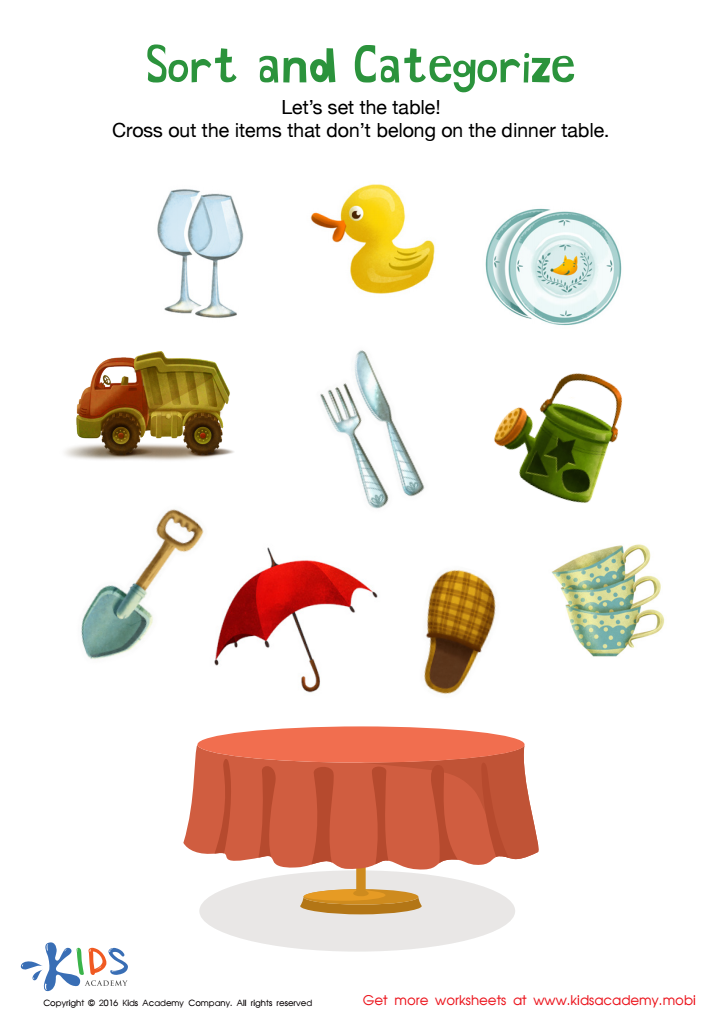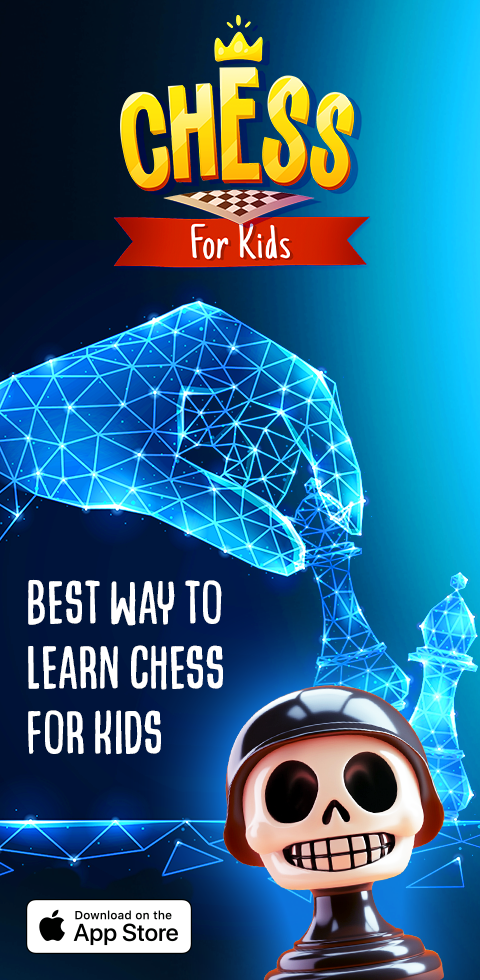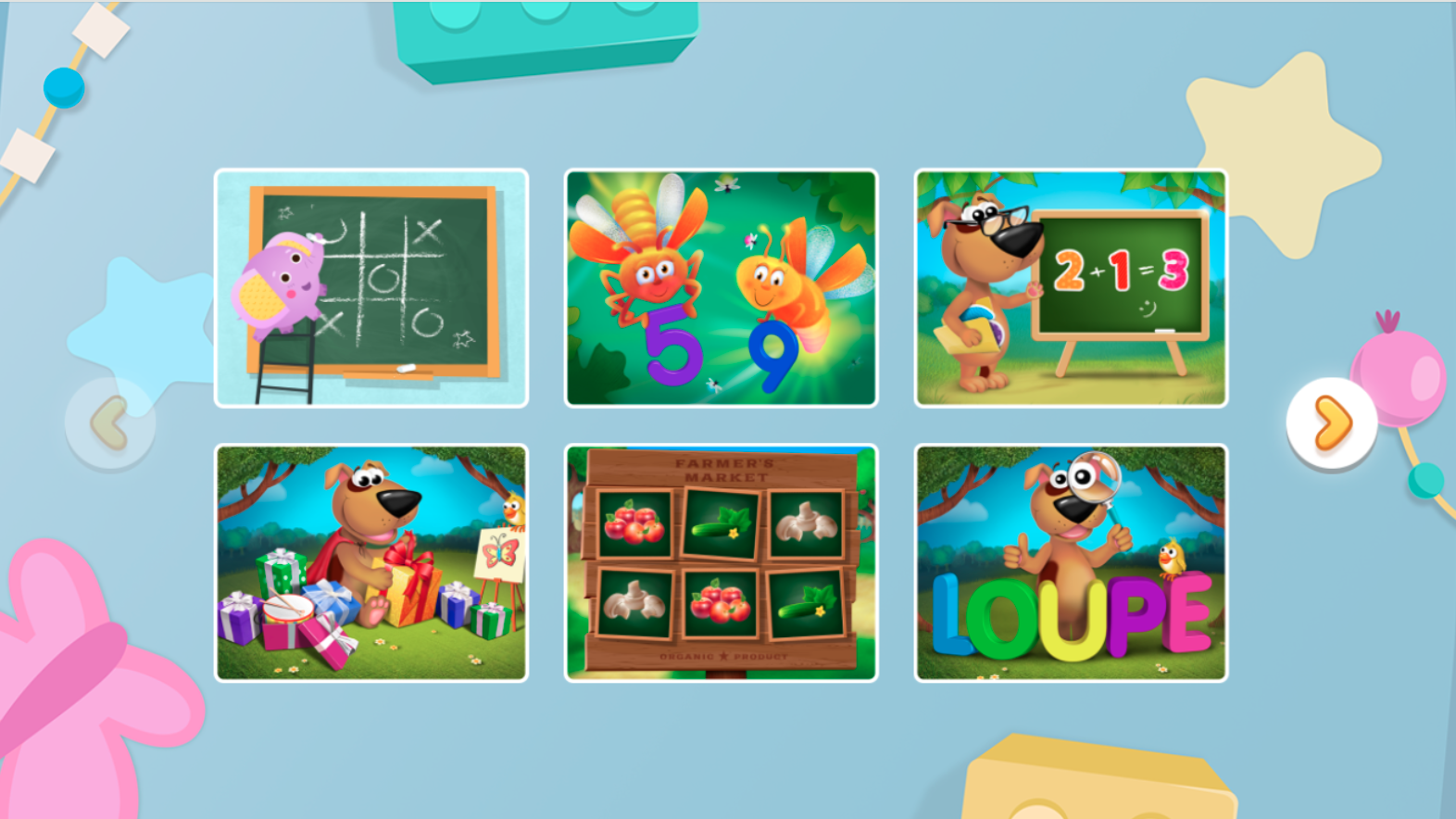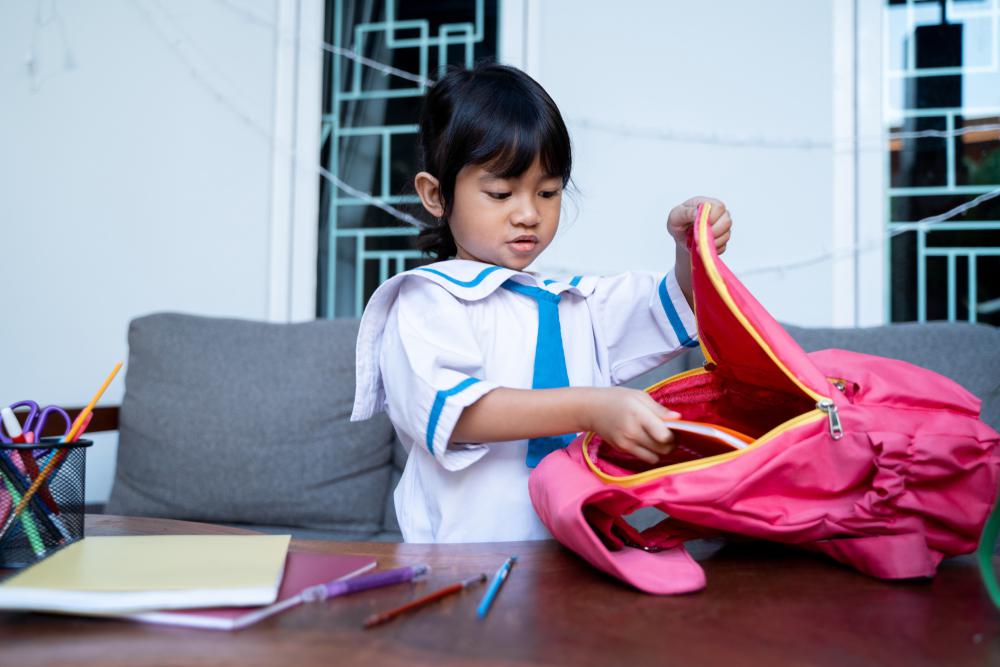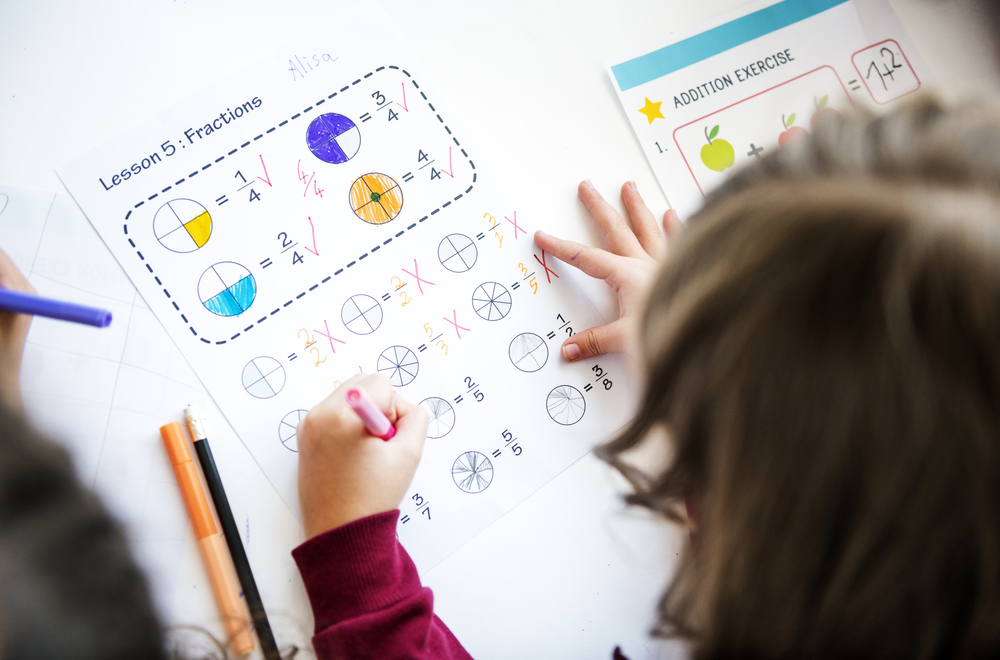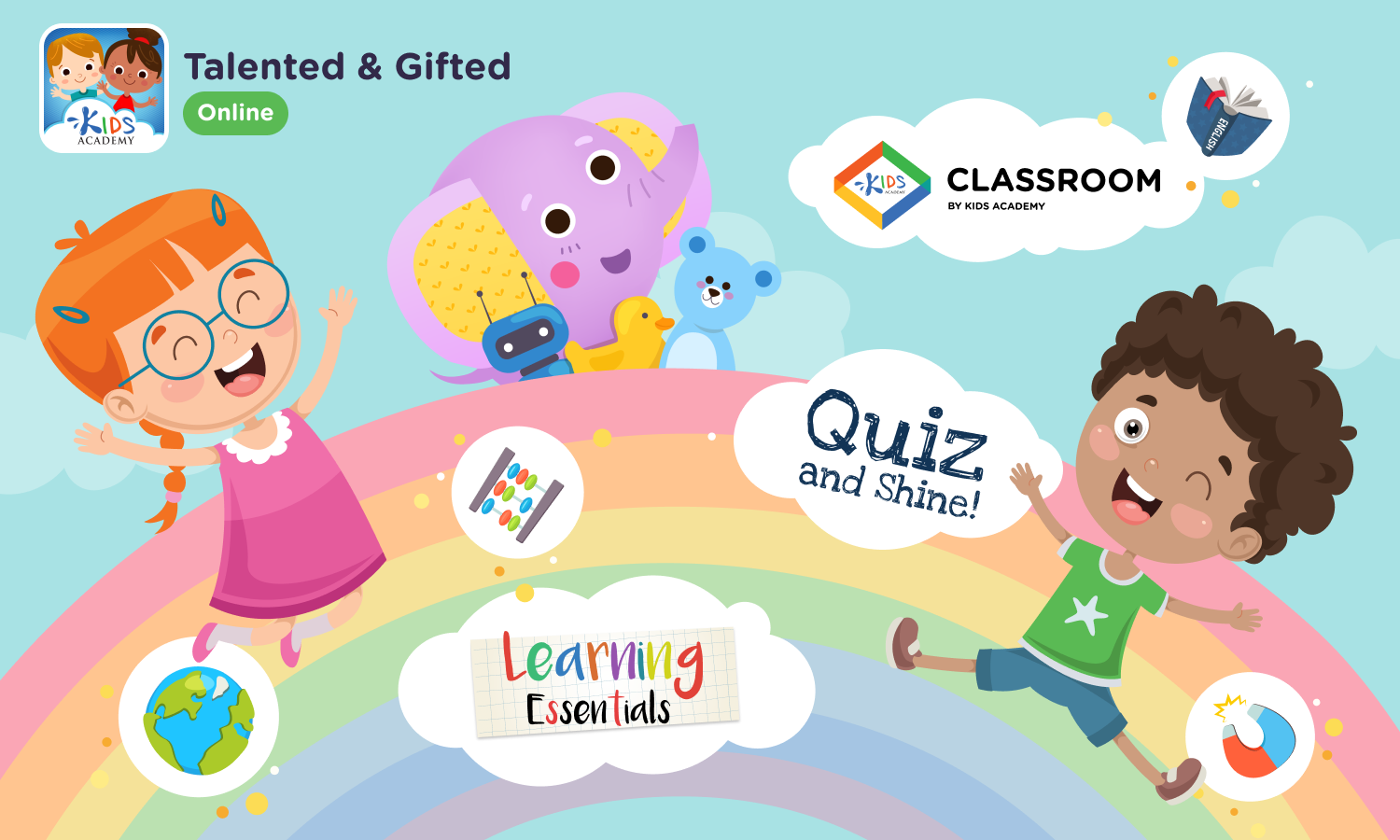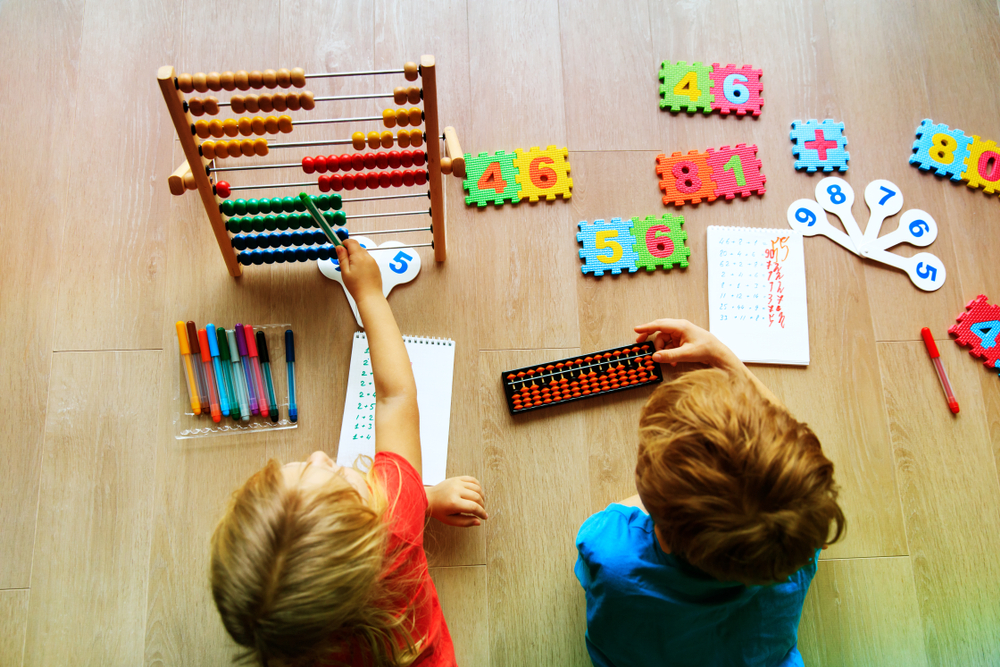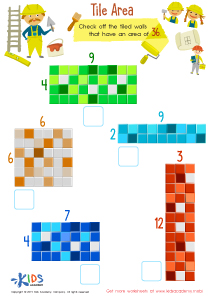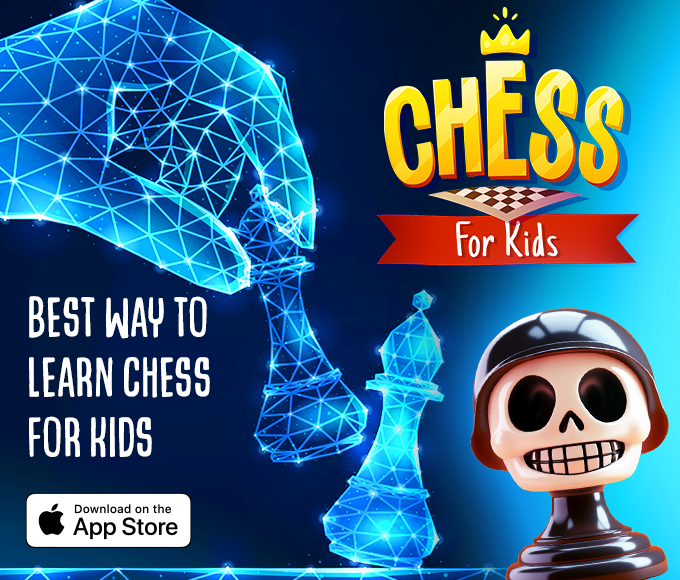Critical Thinking Normal Matching Worksheets for 4-Year-Olds
4 filtered results
-
From - To
Unlock your child's potential with our "Critical Thinking Normal Matching Worksheets for 4-Year-Olds"! Specifically designed to foster early learning and cognitive skills, these worksheets make learning fun and engaging. Each activity encourages your little one to think critically and match objects, numbers, and patterns, supporting important developmental milestones. Ideal for preschoolers, our worksheets will help improve their problem-solving abilities, attention to detail, and logical thinking. Perfect for parents and educators, these printable resources are a great addition to any learning routine. Start today, and watch your young learner thrive with confidence!
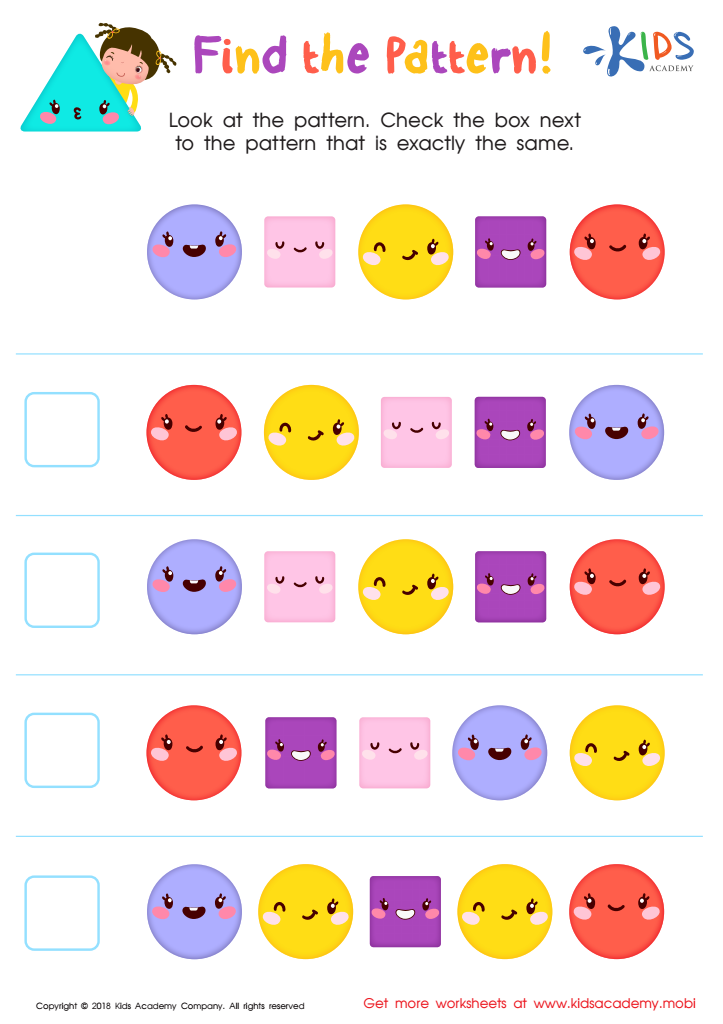

Find the Pattern Worksheet
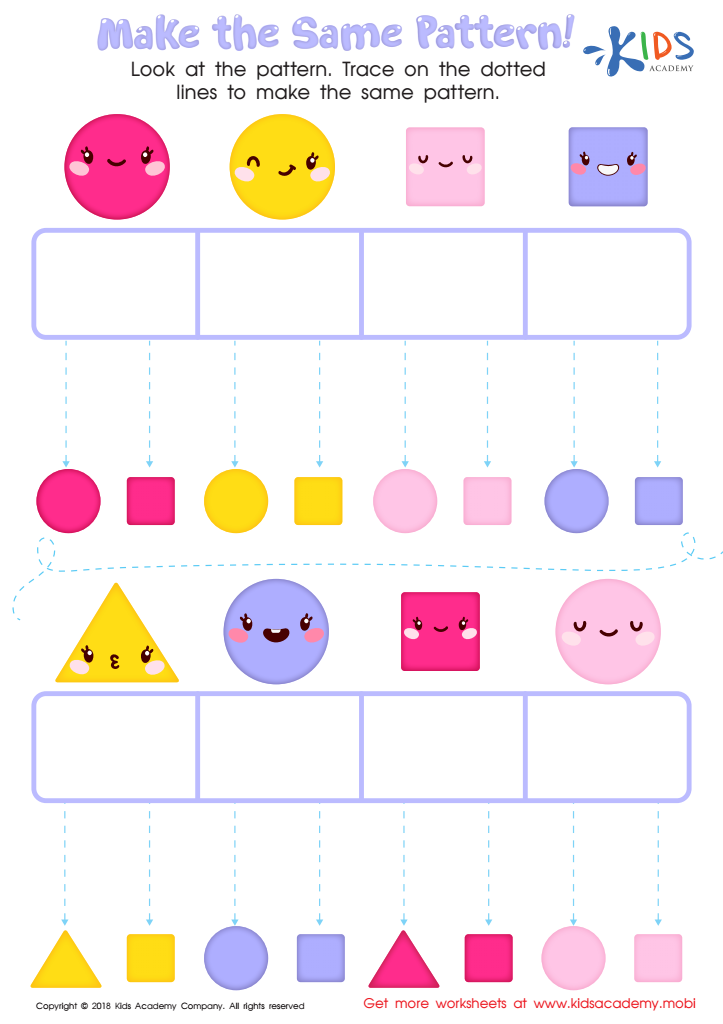

Make the Same Pattern Worksheet
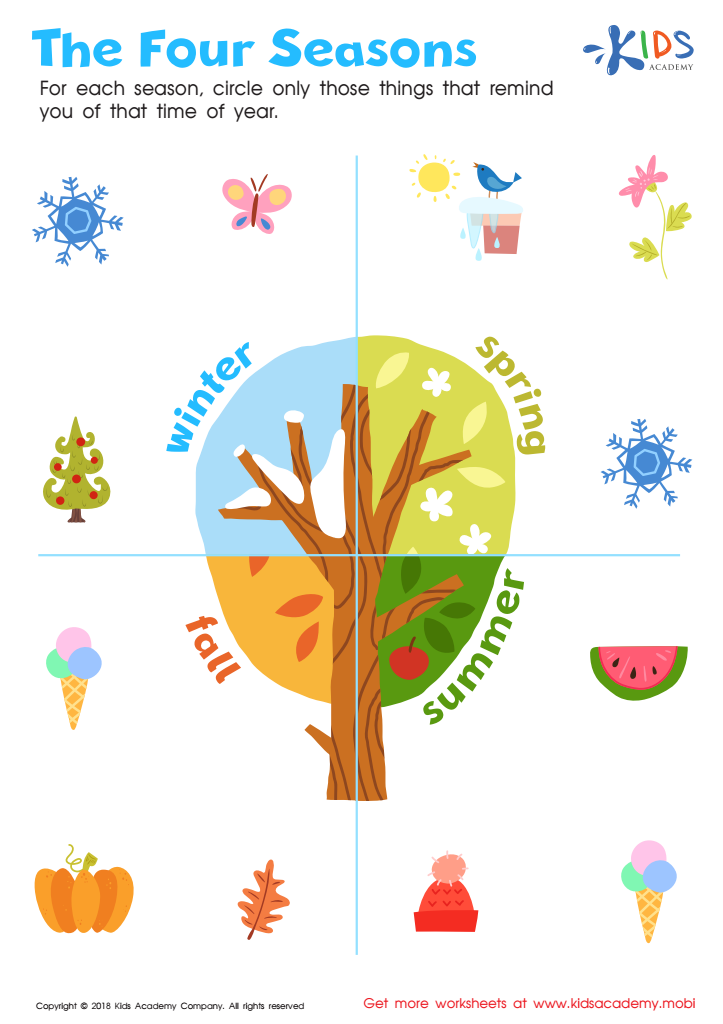

The Four Seasons Worksheet
Critical Thinking Normal Matching is a vital cognitive skill that involves identifying similarities and differences, organizing information, and making connections. For 4-year-olds, this activity is foundational for their intellectual development. Engaging in matching exercises promotes critical thinking by encouraging young children to observe closely, analyze details, and solve problems systematically. This not only bolsters their academic skills but also enhances their understanding of the world around them.
When parents and teachers focus on critical thinking through matching activities, they are helping children develop the ability to process information more effectively. This skill is essential for reading readiness, as it aids in discerning patterns and predicting outcomes, which are crucial for phonetic learning and comprehension. Furthermore, critical thinking prepares children for future educational challenges by fostering an inquisitive mindset and a love for learning.
Moreover, these matching activities support the development of social-emotional skills. As children work on these tasks, they learn patience, perseverance, and the capacity to work independently or collaboratively. In sum, emphasizing Critical Thinking Normal Matching in early childhood sets a strong foundation for future academic success, problem-solving abilities, and emotional resilience, making it a key focus for both parents and teachers.
 Assign to My Students
Assign to My Students

